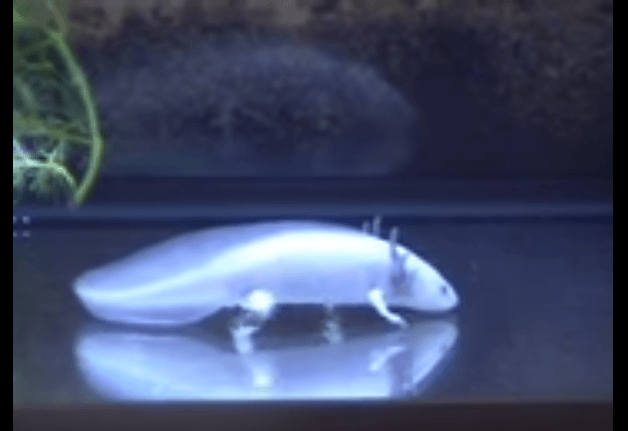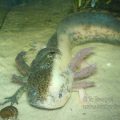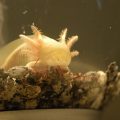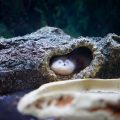Table of Contents
‘Cellular Regeneration’, which is the ability to regenerate cells, organs, and tissues, without transplant, is regarded as the “Holy Grail” of medical and scientific research. This is NOT yet possible for humans, as our regeneration is limited to our liver and skin. Prof. Stephane Roy from University of Montreal is looking closer into this evolutionary marvel by studying the relative of salamanders – Ambystoma mexicanum, better known as Axolotl.
Not Your Everyday Animal
Axolotl is definitely not your average animal, as they have the ‘cellular regeneration’ ability. But unlike other amphibians that leaves the water and dwells on land once they’re sexually mature, axolotls stay aquatic for the rest of their lives. Also, they’re neotenic, which means they keep their juvenile physical characteristics, such as gills, despite reaching maturity. This gives axolotls that cute and funky appearance, as their gills look like headdress on both sides of its head. Their wide head, big mouth, and small lidless eyes almost always guarantee you will never see any animals like them in the world.
Amazing Regeneration Ability
Urodele amphibians also have regenerative abilities, but what makes axolotls unique is that, they can regenerate different structures of its body, from limbs, tails, jaws, skin, and spinal cord, all without leaving any indication of the injury, as they heal even their scars. They can do this multiple times, throughout their lifetime. Also, axolotls can accept organs from other axolotls, and their body won’t reject them.
Prof. Roy said the amount of damage axolotls can recover from is just unbelievable. You can remove its segments, cut its arms, spinal cord, etc. and it will all grow back like nothing happened, and the animal will survive and live its life just fine. As a matter of fact, they can regenerate limbs up to 100 times, and each regeneration is perfect. What’s even more amazing is axolotls are far more resistant to cancer than other mammals, as a matter of fact; scientists say axolotls are up to 1000 times more resilient against cancer.
The Regeneration Process
Professor Stephane Roy said that, the first step in axolotls regenerative process happens right after amputation, they call the process “cell de-differentiation”. In this process, cells drop their individual characteristics, and become pluripotent-like cells. “It’s like making stem cells where you need it, when you need it.” Prof. Roy added.
Then, the cells build the structure called blastema, a rounded covering to the wound to collect the newly de-differentiated cells. Through time, the structure will then develop into a fully-functional limb, without any sign of the injury or damage.
There are two major compounds involves in axolotl regeneration process; the p53 and TGF-β1 (Transforming Growth Factor beta one). This makes looking for a connection a good start; when we fully understand how axolotls, and other animals can regenerate, there’s a good chance of transferring that regeneration to other species.
The Future of Medical Research
Prof. Roy and his team are looking closer this subject, and they’re very optimistic that humans will one day; harness this regeneration ability from axolotls to heal tissues of burn victims to eliminate cancer.






 Author and long-time animal lover. Sharing knowledge on pet care through experience and the written word.
Author and long-time animal lover. Sharing knowledge on pet care through experience and the written word.